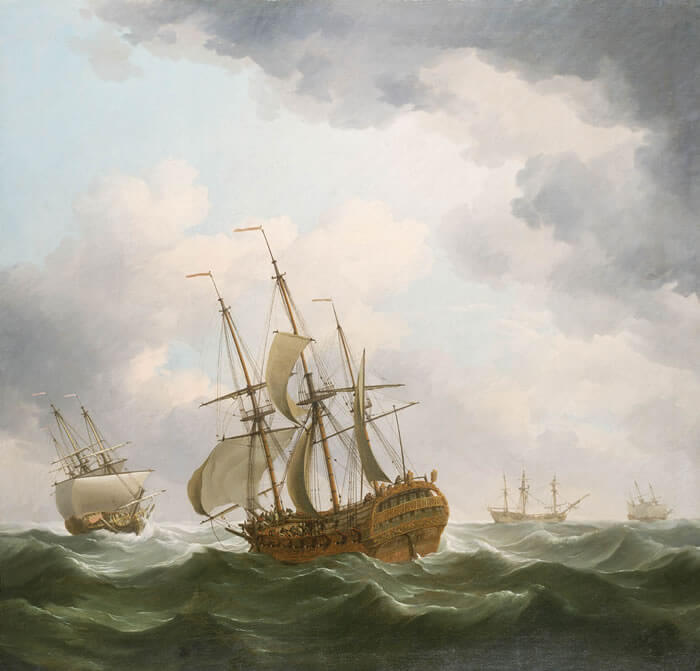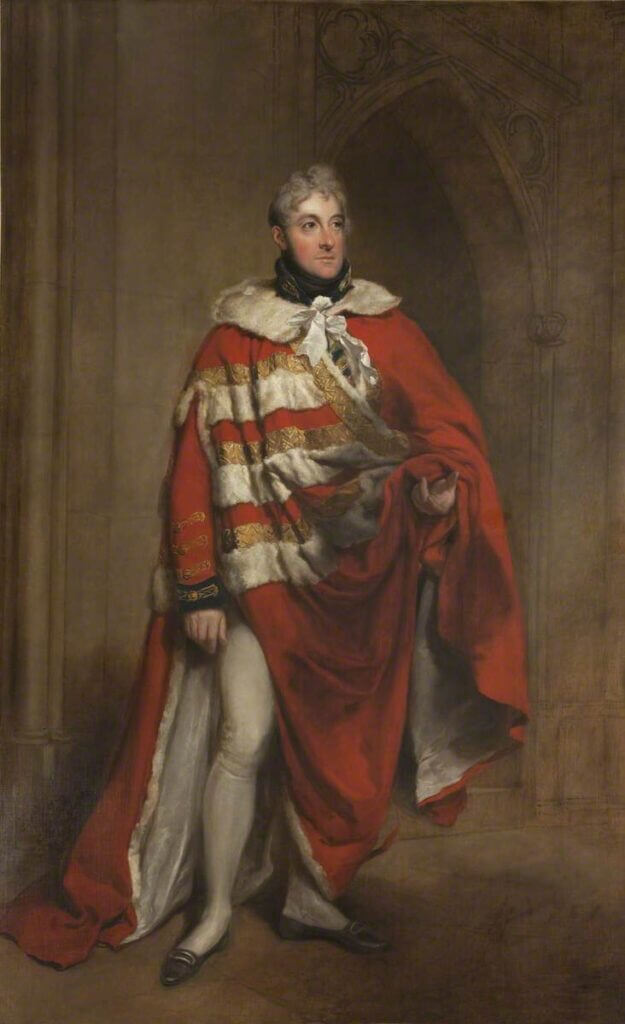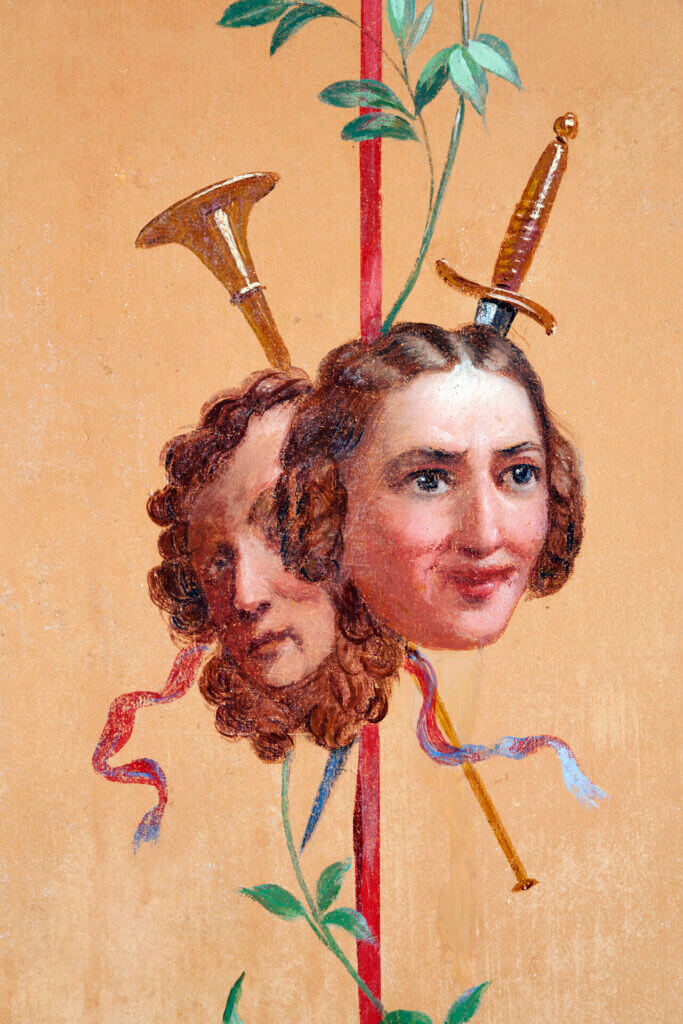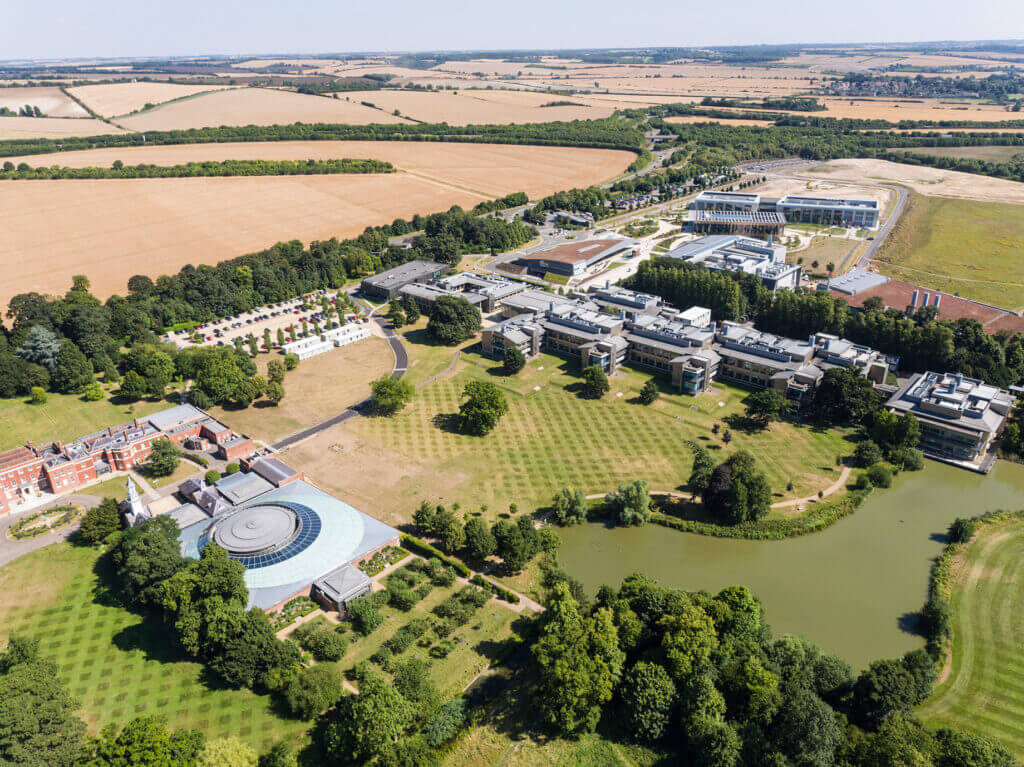
Our venue, Hinxton Hall Conference Centre, hosts a range of learning, training, and engagement events for our programme; as well as being available for other Campus-based, and external organisations. The Hall and the wider estate form the oldest part of the Wellcome Genome Campus. The origins of the Hall, its foundation and ownership, have been mostly unknown to us, until this year, when we commissioned Historian, Melanie Backe-Hansen, to fill in the numerous gaps.
Hinxton Hall and the East India Company
The Hinxton estate consisted of various farm dwellings in the early 1700s, before becoming the site of a gentleman’s hunting and fishing retreat in the 1730s. Around a decade later, the estate move into the ownership of the Holden family. The Holden family were deeply involved in the East India Company.
The East India Company was founded in 1600 to undertake trade in the Indian subcontinent and East Asia. Its business was mainly focused on cotton, indigo, porcelain, tea, and silks, with these products then appearing in affluent households across Britain. The Company was also involved in the trade in enslaved people across the Atlantic and Indian oceans.

Captain Richard Holden was a ship owner and a captain for the East India Company for 20 years, between 1711 and 1730. He captained two East Indiamen sailing ships, which were designed to carry both passengers and goods. Sailing this route in the early 1700s was perilous, with significant threats from pirates and illnesses, as well as no accurate tools or instruments for navigation. But for those who did survive these trading journeys, the rewards were huge. By the time Captain Richard Holden died, he was able leave a fortune to his family. His daughter Mary Holden inherited £12,000 in 1731, equivalent to almost £30million today.

Mary Holden married at the age of 16, a few years after the death of her father. And although it is her husband John Bromwell Jones, who is often named as the builder of Hinxton Hall, its construction was undoubtedly at least partly, if not wholly, funded from Mary’s fortune from her father’s East India Company activities.
The political, cultural, and financial impact of the East India Company on British society was huge during this era, and continued through its role in the development of the British Empire. It is clear that it also had a role, if an indirect one, in the development of the Wellcome Genome Campus today.
Hinxton Hall, the Duke of Cleveland, and the British Empire
Almost a hundred years after the Holden family financed the building of Hinxton Hall, the Greene de Freville family set about expanding the Hall in line with the fashions of the early of Victorian era. Edward Humphrys Greene de Freville added a range features, including the highly-decorative Pompeiian Room. On his marriage to Julia Flower in 1846, she brought with her substantial wealth from her own family connections. Julia was the granddaughter of the 1st Duke of Cleveland, who is recorded as receiving compensation for the ownership of enslaved people in Barbados. The University College London Centre for the Study of Legacies of British Slavery database shows that he owned 233 enslaved people on the Lowther plantation, and received the modern equivalent of around £6million, after slavery was abolished within the British Empire.
The generational wealth held within these families enabled the de Freville’s to live a very comfortable lifestyle in the countryside in Hinxton, with several servants; as well as a home in Mayfair in London. They wealth trickled down, supporting many community activities in Hinxton, including performances by the village Amateur Dramatic Society, repairs to the village church, and Christmas events with gifts for local children.


Hinxton Hall and the Wellcome Genome Campus today
By delving deeper into this aspect of Hinxton Hall and its history, we can see how this rural part of South Cambridge has a range of global connections, and reflects some of the major social and political movements that were taking place across the UK through the 1700 and 1800s. This history has influenced the Britain that we live in the 21st century, and its legacy forms the basis of many of the relationships between the Global North and the Global South today.
Wellcome, the Sanger Institute, and Connecting Science have not been funded directly by wealth from the East India Company or from profits from the trans-Atlantic trade in enslaved people. But without these activities and the creation of the Hinxton Hall estate, would Sir John Sulston have selected this location for the Wellcome Genome Campus? Would the science that took place during the Human Genome Project have happened in the same way, with the same people, somewhere else? We don’t know! But as a programme, and an organisation, that is interested in our place in society, understanding who benefits from our work, and equitable access to research; reflecting on the history of our buildings is just one way in which we consider how the legacy of events and activities from hundreds of years ago, impact on different communities today.

Want to find out more?
Please visit the exhibit on Genome Gallery – Hinxton Hall: From the East India Company to the Caribbean – which is part of our wider research on the Hinxton Hall estate.
The following video also contains the content of this article, and more details.
Watch: Hinxton Hall - From the East India Company to the Caribbean
Notes:
- This article was published in the Connecting Science annual review 2023.
- The image at the top of the page is an extract from the will of Captain Richard Holden (1731).